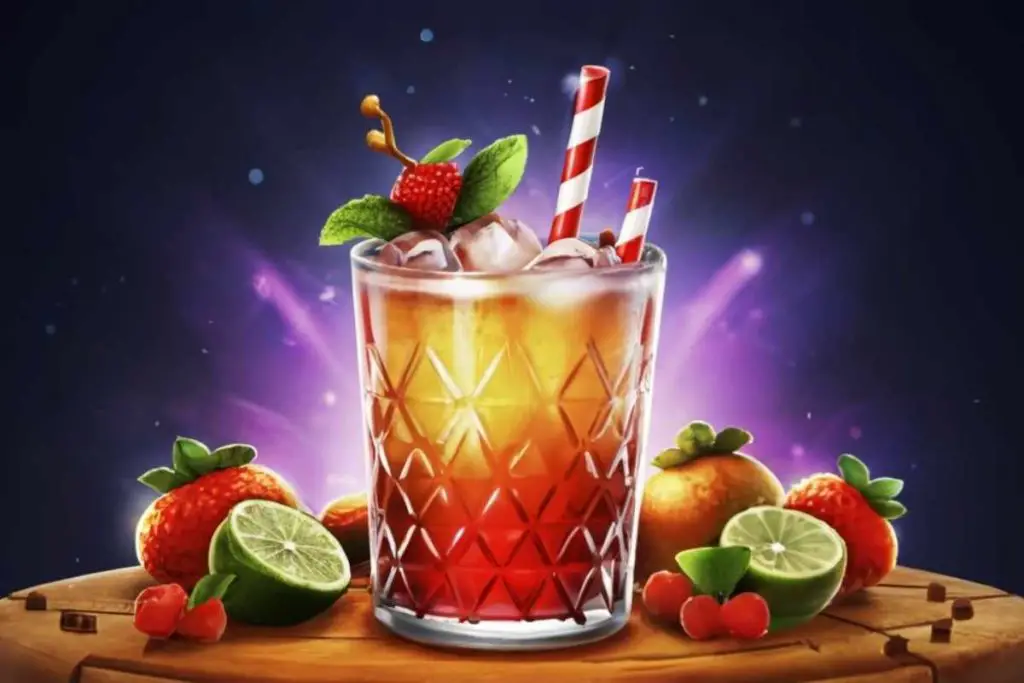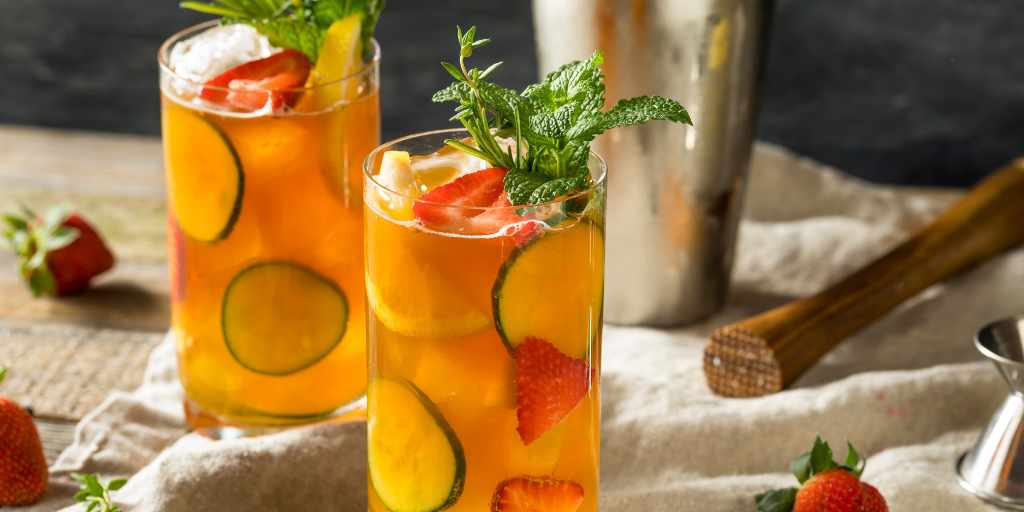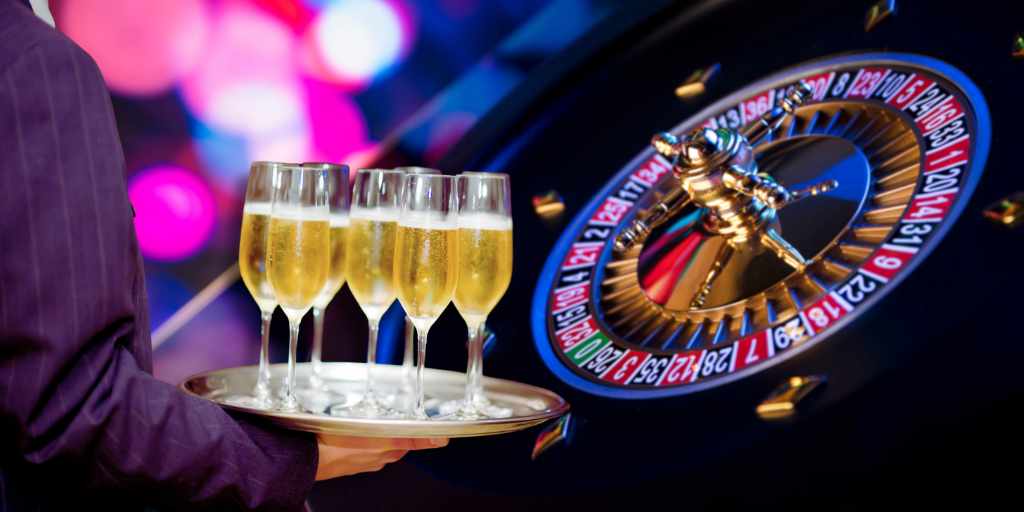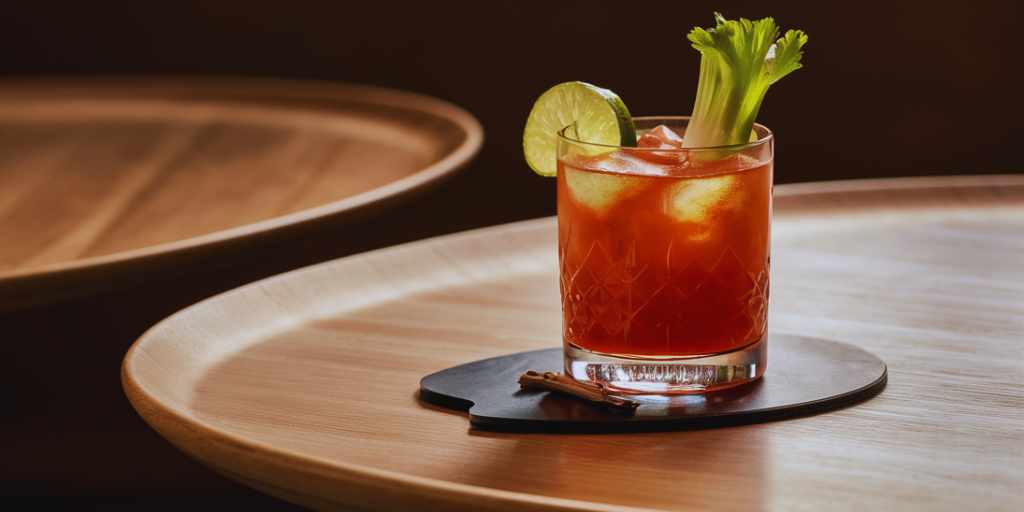The Pimm’s Cup, a quintessentially British cocktail, has a rich history that dates back to the early 19th century. It began as the brainchild of James Pimm, a London restaurateur who created Pimm’s No. 1 Cup as a digestive aid for his customers. The beverage soon transformed from a health tonic into a popular cocktail made with a gin-based liquor featuring a medley of fruits and spices. It became synonymous with British summer social events, including Wimbledon and the Chelsea Flower Show.
Key Takeaways
- The Pimm’s Cup began as a digestive tonic before becoming a beloved British cocktail.
- James Pimm created the original Pimm’s No. 1 Cup, anchoring the cocktail’s signature flavour.
- The drink is adaptable and often served with personalized fruit and herb variations.
Origins of Pimm’s Cup
The Pimm’s Cup cocktail, a quintessential British refreshment, has its roots firmly planted in the entrepreneurial spirit of James Pimm and his establishment’s early days in the 19th century.
Inception by James Pimm
James Pimm, the creator of the now-famous Pimm’s Cup, first concocted the drink in the 1840s. Originating as a health tonic, Pimm’s creation was a gin-based beverage infused with a blend of herbs and liqueurs. Pimm introduced this tonic at his oyster bar in London, aiming to aid digestion for his patrons.
Pimm’s Bar Opened
First Pimm’s bar was established in 1823, marking the start of what would become a beloved British tradition. The bar gained popularity for its selection of seafood and Pimm’s signature serve. As the British Empire expanded, so too did the renown of Pimm’s Bar and its eponymous drink, which was served as a ‘house cup’ known colloquially as the “No. 1 Cup.” This specialty laid the groundwork for the Pimm’s Cup cocktail history, continually associated with leisure and refreshment across the nation.
Recipe Evolution
The Pimm’s Cup cocktail has transformed from a gin-based health tonic to a beloved summertime classic, adapting ingredients to suit evolving tastes and regional preferences.
Classic Ingredients
Originally, the Pimm’s Cup was a blend of gin-based liqueur, various herbs, and spices intended to aid digestion. It featured the signature Pimm’s No. 1 as the base spirit, mixed with lemonade and poured over ice in a highball glass. This concoction was garnished with a medley of fresh fruit like orange slices and apple slices, sometimes incorporating lemon juice to balance the sweetness. In England, it became standard to use ginger beer, ginger ale or sparkling lemonade to create a refreshing, effervescent drink.
- Base: Pimm’s No. 1 liqueur
- Mixers: Lemonade, ginger ale
- Garnishes: Orange slices, apple slices, mint
- Glassware: Highball glass
Modern Variations
The evolution of the modern Pimm’s Cup includes a wider range of mixers and garnishes, reflecting a global palate. While still gin-based at its core, it’s now common to top the cocktail with lemon-lime soda, offering a more intense citrus flavour and varieties of lemonade that range from traditional to modern craft versions. Present-day garnishes might include various herbs beyond mint, like basil or rosemary, and an even broader assortment of fruit and spices, personalizing each glass to the drinker’s preference.
- Mixers: Sparkling lemonade, lemon-lime soda
- Garnishes: Seasonal fresh fruit, bolder spice choices, new herb varieties
- Customization: Encouraged to suit individual tastes
Cultural Significance
The Pimm’s Cup cocktail is not merely a refreshing drink; it has woven itself into the fabric of various cultural traditions and events, becoming an emblem of celebration and socializing. This section explores the cocktail’s significance in both daily customs and iconic British summertime events.
Pimm’s O’Clock Tradition
Pimm’s O’Clock is a popular slogan that represents a cultural moment in the United Kingdom when it becomes socially acceptable to enjoy a Pimm’s Cup. Known as a staple in cocktail menus, especially during summer months, the Pimm’s No. 1 offers a blend of gin and herbs, creating a distinctively fruity and balanced concoction. Often served in a tall glass packed with ice, fruit, and mint, the ritual signifies a break from the day’s hustle to revel in leisure and conversation.
Wimbledon and British Summer
The connection between Wimbledon and Pimm’s Cup is symbolic of the British summer. Tennis spectators have embraced Pimm’s No 1 as the go-to refreshment, indulging in its flavours amidst the thrill of the games. In London, as the matches signify the height of the summer sports season, Pimm’s Cup becomes a sought-after cocktail, reflecting the nation’s love for traditions and the collective enjoyment of seasonal festivities.
Serving and Presentation
When serving Pimm’s Cup, the choice of glassware and garnish can significantly enhance the drink’s classic charm and flavours. These elements are paramount for delivering the traditional experience of this refreshing, fruity cocktail.
Appropriate Glassware
A highball glass is the traditional choice for serving Pimm’s Cup, allowing sufficient space for the liquid and the recommended garnishes. The size and shape of the glass ensure that the carbonated elements stay effervescent longer. For more sizable gatherings, a large house cup or pitcher may serve multiple portions at once, which guests can then pour into individual glasses with ice.
Garnishing the Drink
The garnish plays a crucial role not just in presentation but also in flavour. Properly garnishing a Pimm’s Cup includes:
- Mint: A generous sprig of fresh mint provides an aromatic touch.
- Cucumber: Thinly sliced cucumber adds a cool, crisp profile and is integral to the drink’s identity.
- Lemon: A slice or twist of lemon infuses a citrus zing.
- Fruit: Additional fruits like oranges or strawberries can be included for a rounded, fruity complexity.
- Herbs and bitters: A subtle splash of bitters and optional fresh garden herbs can be added to deepen the drink’s flavour.
- Carbonated mixer: The cocktail is typically topped off with a carbonated mixer such as lemonade, ginger ale, or club soda, giving it a lively finish.
Each ingredient should be added carefully to balance the look and taste of the drink. When served, Pimm’s Cup radiates an air of British summer, offering a cool sip that is as visually appealing as it is tastefully refreshing.

Frequently Asked Questions
The Pimm’s Cup cocktail carries a heritage intertwined with British culture and has become a staple at events such as Wimbledon. This section explores its roots, global journey, and the unique characteristics that define it.
What is the origin story of the Pimm’s Cup cocktail?
The Pimm’s Cup cocktail originated in the mid-19th century, created by James Pimm, a London oyster bar owner. Designed to aid digestion, Pimm’s No. 1 Cup became popular as a spirit-based punch.
How did the Pimm’s Cup become associated with Wimbledon?
The Pimm’s Cup has been a longstanding favourite at Wimbledon, with its association dating back many years. It epitomizes British summertime and became synonymous with tennis, partly due to the drink’s refreshing qualities that suit the tennis season’s warm weather.
What distinguishes Pimm’s No. 1 from other spirits?
Pimm’s No. 1 is unique for its gin-based formula infused with a blend of herbs, fruits, and spices. This makes it a fragrant and less potent concoction than most spirits, ideal for light, fruit-laden mixes.
Can you provide some interesting anecdotes related to the history of Pimm’s?
James Pimm’s initial offering was a gin-based tonic, served in a small tankard known as a “No. 1 Cup”, hence the name. It was the first and most popular line of fruit cups designed to be served in large quantities.
How did the Pimm’s Cup gain popularity in New Orleans?
The Pimm’s Cup found its way to New Orleans through the Napoleon House bar in the 1940s. Its light and refreshing nature made it a hit in the warm climate of New Orleans, where it remains a staple.
What variations of the Pimm’s Cup exist, and are there notable versions beyond the classic recipe?
Numerous variations of the Pimm’s Cup exist, employing different bases such as Pimm’s No. 3 with brandy or Pimm’s No. 6 with vodka.
Notable versions include those mixed with champagne instead of lemonade or the New Orleans classic served with lemon-lime soda. There are even non-alcoholic versions of the drink available too.




